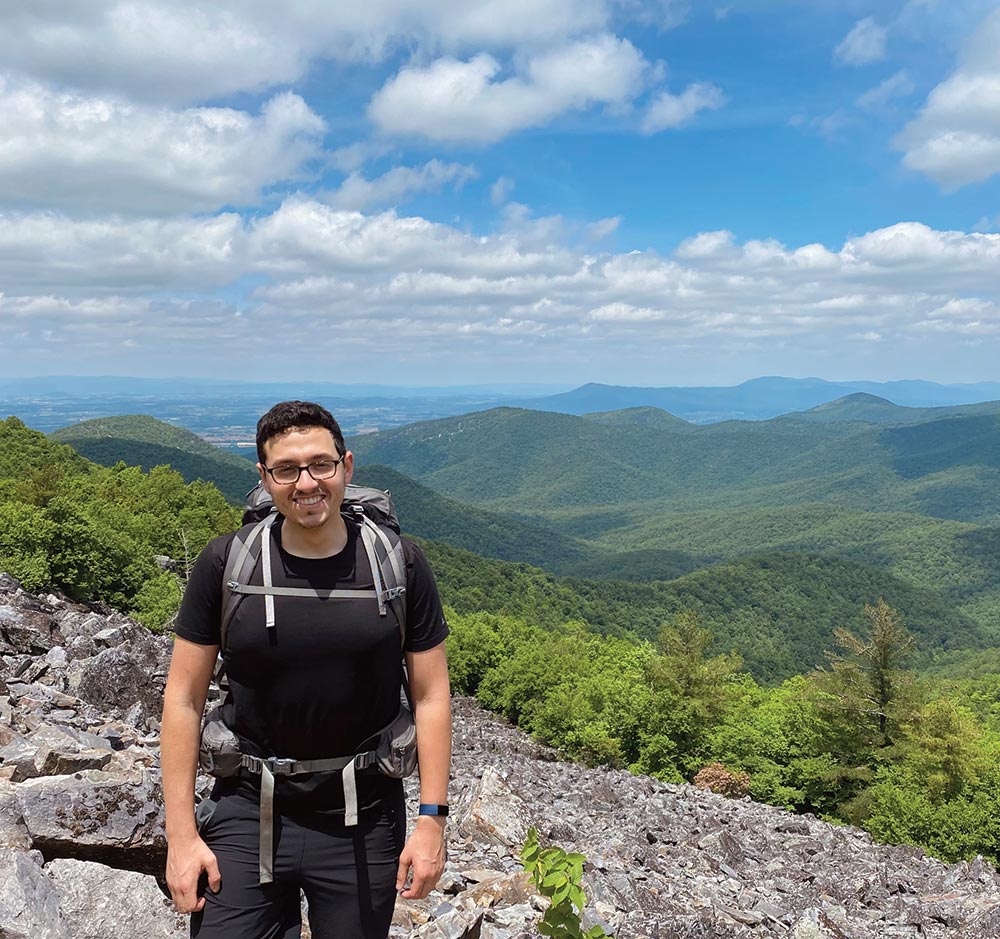Celebrating a Vision
Aaron Troncoso

Hiking on the Appalachian Trail has been a restorative experience for me. As a kid growing up in New York City, I had no idea that the Trail was just a few stops away on the Metro North train. Now, as an adult, I’ve hiked nearly all the Trail — from Fontana Dam in North Carolina to Katahdin in Maine.
Each time I’ve hiked, I’ve reflected on how much the A.T. inverts everyday life — where the objectives are often unclear and complicated. In my daily life, my mind is constantly filled with decision-making about which paths to take and thoughts about whether the paths I’ve already taken were the right ones. On the Trail, the opposite is true. While life on the A.T. is physically challenging, I know where I’m going and how far I need to go to get there. So, while hiking on the A.T. can be difficult at times, I always come back from my trips feeling renewed and capable of tackling complex problems life presents.
As a hiker, I’ve also been able to reflect on the impact of a changing climate on the A.T. I’ve witnessed heightened temperatures during the summer, the drying-up of certain water sources, and changes in the habitats of countless plant and animal species along the treadway. Through my recent research and work with the Appalachian Trail Conservancy, I’ve also come to appreciate how important the Trail could be to addressing climate change — both by working against it by storing vast amounts of greenhouse gases in its forests, and by adapting to it by allowing animal and plant species to migrate along the Trail corridor as the climate warms and habitats become untenable. Over its next hundred years, I’m confident, the Trail will continue to serve as a place of restoration and refuge for all that use it — people, plants, and animals alike.
